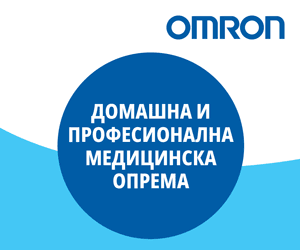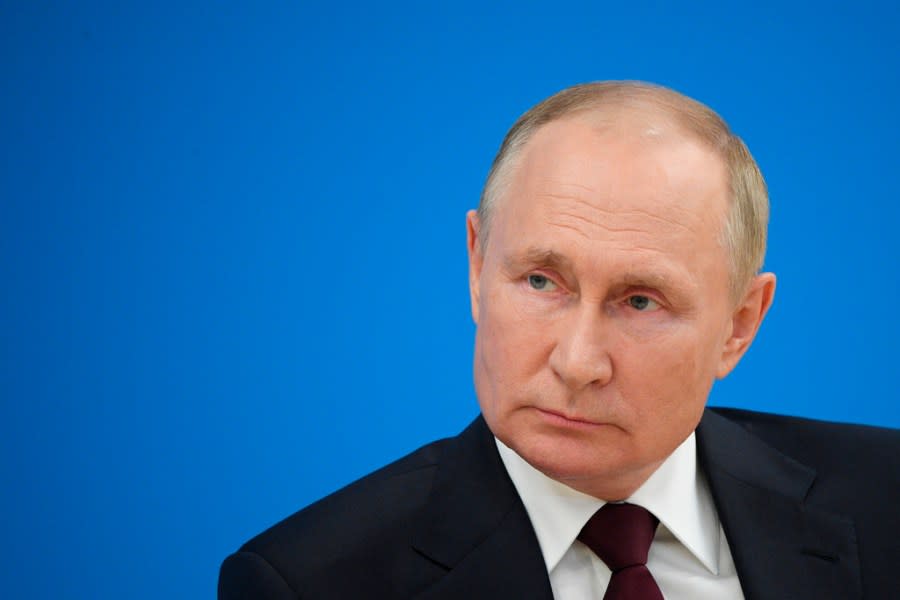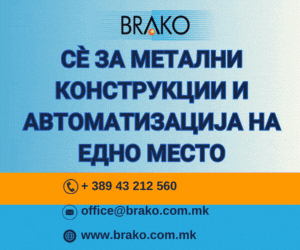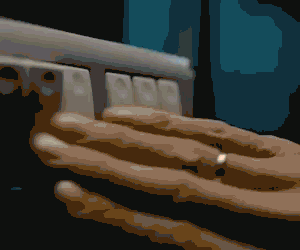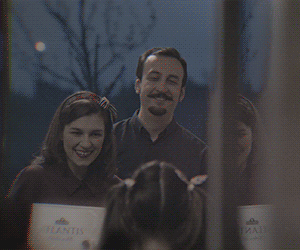Contrary to what many analysts, journalists and politicians are saying, Ukraine can still defeat the Russian army and drive it out of their country — not just “hold out for an indefinite period,” as retired U.S. Navy Admiral James Stavridis put it in March. But victory will not come from the close fight alone. Ukraine simply does not have the manpower or weapons necessary to dislodge Russian defenders from their fighting positions in a direct fire engagement. Linear thinking will only result in needless loss of life, playing right into Russian President Vladimir Putin’s desire for a war of attrition. To defeat Russia, Ukraine must first secure its skies, then win the deep fight, interdict Russia’s supply lines and isolate Russian forces in Ukraine from their lifeline. Ukraine has demonstrated over the last three years that it can make Russia’s invasion costly — 968,130 Russian casualties is proof enough. But capability must be supported and sustained to accomplish the mission. To date, the “just enough” strategy implemented by former President Joe Biden and carried on so far by Trump has not been enough to win.
Winning begins with a clearly defined end state — namely, the defeat of Russian forces in Ukraine. Equally as important, though, the West cannot submit to Russian threats of nuclear escalation or pundits bemoaning World War III scenarios. These Russian narratives are exactly what the Kremlin wants the West to repeat and believe. Mutual assured destruction provides the offset for threats of nuclear escalation — but only if the Kremlin believes the West would retaliate. Short of any direct attack against NATO, we have likely reached the top of Russia’s escalation ladder. The last thing Putin wants from his quest to conquer Ukraine is to have it bring down upon him a multi-front war against NATO. Washington and Brussels need to embrace the fact that we are already fighting World War III. Although conventional combat has been restricted to Ukraine and Russia, the weapons and munitions used to fight the war come from NATO partners, Belarus, North Korea, Iran, and China. Combatants fighting alongside their Russian counterparts come from North Korea, Chechnya, and now even China.
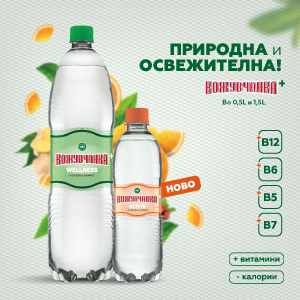

Furthermore, Russia has been waging a shadow war against the West for years, including sabotage, assassinations, cyber-attacks, forced migration, election interference, ethnic unrest, revolutions, and more. The last 100 days should have demonstrated to Team Trump that playing along with Russian negotiators’ games will not bring about an end to the war. Kremlin cease-fire talk is just deliberate misdirection. Putin’s conditions have not changed — he is simply buying time. Unlike the U.S. and NATO, Russia already has a clear end state in mind: “Russia will accept nothing less than total victory over Ukraine.”
But as retired U.S. Army Lt. Gen. Keith Kellogg has stated, “Russia’s not winning this war. Russia has not made any major advances in the last year and a half.” So, how exactly does Ukraine defeat Russia? Isolate and destroy Russian ground forces in Ukraine by attacking their ability to sustain their army and their ability to wage war. This will create siege warfare-like conditions for Russian ground forces in the close fight. They will be left eventually to wither on the vine, vulnerable to defeat by a decisive combined arms offensive. This would involve three phases. First comes the destruction of Russia’s deep strike capability. A no-fly zone over Ukraine would protect civilians being targeted by Russian ballistic missiles and drones. European countries have already put forth an initiative called Sky Shield, the deployment of 120 fighter jets as part of a European air force to protect Kyiv and western Ukraine. Ukraine would also need the air defense systems and munitions to create an integrated, layered air defense belt like the one Israel employed to defeat the Iranian attacks in April and October 2024.
Ukrainian President Volodymyr Zelensky offered to purchase ten Patriot air defense systems in mid-April for $15 billion. Germany just announced the delivery of 10 air defense missile systems to Ukraine, along with 125 long-range artillery rockets and 100 Patriot missiles, but it will take more than that. Other NATO countries need to contribute air defense systems and munitions as well. Then enable Ukraine to defeat the weapon systems Putin employs to target civilians — ballistic missiles, cruise missiles, and drones — along with their crews, radars, command and control centers, and missile storage facilities, from wherever they fire. Give them the same authorizations provided to U.S. Central Command to defeat the Houthi threat in Yemen. Phase two starts with turning back on the flow of weapons, munitions and intelligence to Ukraine, reactivating the logistical throughput of military aid from the Rzeszów-Jasionka airport in Poland is mission critical.
Precision deep-strike munitions to conduct interdiction and deep strikes are essential during this phase — cruise missiles and jet fighters. Ukraine must be able to defeat Russian mass — infantry and artillery. The interdiction of troops, weapons, ammunition and supplies on the Russian side of the border is essential to isolate forces currently engaged in the close fight. Defeating Russia’s ability to continue feeding the Ukrainian meat grinder sets the conditions for Zelensky and his generals to isolate and defeat Russian forces in Ukraine. That requires locating and destroying troop assembly areas, equipment staging areas, logistics bases, refueling points, and ammunition holding areas — at airports, seaports, railheads, and along highway networks.
The task and purpose of the deep fight is to defeat Russia’s ability to wage war by attacking its revenue sources (refineries), wartime production and munitions storage facilities (drones, munitions, weapons), and its deep strike capability (airfields from which Russian bombers are launched). Ukraine has demonstrated an uncanny ability to execute this mission with their own internally manufactured weapons; however, they will need precise intelligence to deliver the ordnance. Phase three is the decisive push of Russian forces out of Ukraine. Once the conditions have been set, a combined arms offensive including close air support can be launched, driving Russian forces from the occupied territories just when Russia is at its weakest. Continuing to engage Putin in cease-fire talks simply affords him time to produce and purchase more weapons to build the combat power necessary to continue his relentless assaults into Ukraine. Washington needs to rediscover the intestinal fortitude it once had in the likes of commanding generals such as Ulysses S. Grant and George S. Patton, for whom winning was the only acceptable outcome.







